TRAVEL
10 Most Dangerous Places To Avoid In The World
Published
12 months agoon

Shutterstock
The 10 most dangerous places in the world encompass regions facing a myriad of formidable challenges. From Syria’s devastating and prolonged civil war to Afghanistan’s persistent conflict and terrorism, these areas are marked by political instability, violence, and humanitarian crises. South Sudan grapples with ethnic violence and political turmoil, while Yemen faces a complex and protracted conflict, leading to dire humanitarian conditions. Venezuela contends with economic collapse and political unrest, resulting in protests and violence. El Salvador and Honduras struggle with high crime rates and gang violence, posing risks to residents and visitors alike. Libya remains marked by political instability and conflict, while Iraq deals with ongoing violence and extremism. Somalia faces decades of conflict, piracy, and militant groups, and Lebanon confronts political instability and economic crisis, along with security concerns. The presence of armed extremist groups in certain regions of Mozambique adds to the list of dangerous places. These areas underscore the importance of staying informed, exercising caution, and heeding official travel advisories when considering travel or residence in these challenging environments.
Democratic Republic of Congo

Shutterstock
The Democratic Republic of Congo is regarded as one of the most dangerous places in the world due to a combination of factors that have persisted for decades. Political instability, a history of conflict, and ethnic tensions have fueled ongoing violence and insecurity, particularly in the eastern regions of the country. These areas are characterized by the presence of numerous armed groups vying for control over valuable resources, including minerals, and engaging in sporadic fighting. The result is a dire humanitarian crisis, with millions displaced from their homes and facing severe food and healthcare shortages. The weak central government’s limited ability to enforce law and order exacerbates the security challenges, making the DRC a hazardous environment for both its citizens and those working to address the complex issues plaguing the nation.
Central African Republic
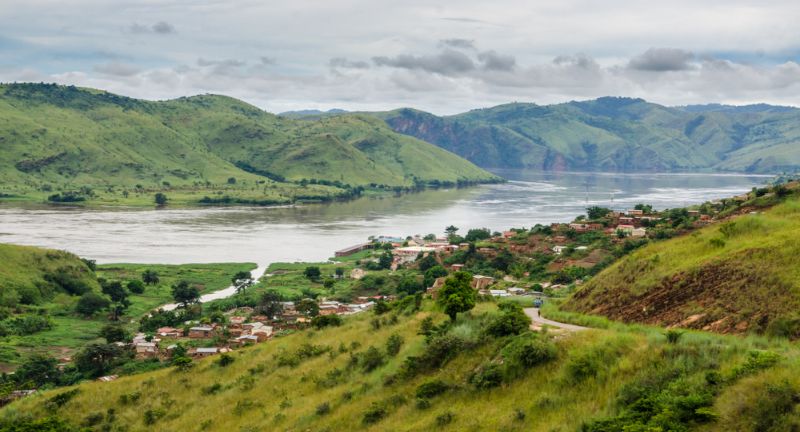
Shutterstock
The Central African Republic is considered one of the most dangerous places in the world due to a combination of factors. Political instability has been a chronic issue, leading to frequent changes in government and an inability to establish effective governance structures. Ethnic and religious tensions have resulted in recurring violence, often along sectarian lines, and armed groups control large portions of the country, engaging in activities like looting, extortion, and violence against civilians. CAR also faces severe economic challenges, with limited access to basic services, which further exacerbates the security situation. The presence of multiple armed groups, some of which are involved in illicit activities like poaching and resource smuggling, makes it a highly volatile and unpredictable environment. The ongoing violence, displacement of civilians, and lack of a functioning justice system have contributed to the dangerous conditions prevailing in the Central African Republic.
Mali

Shutterstock
Mali is considered a dangerous place due to a combination of factors that have led to a volatile security environment. The presence of various Islamist extremist groups, including al-Qaeda affiliates and ISIS, has fueled conflict and terrorism in the northern regions of the country. These groups have been responsible for numerous attacks, kidnappings, and acts of violence, targeting not only security forces but also civilians. Mali’s political instability and a lack of effective governance in some areas have further exacerbated the security situation. Ethnic tensions and communal violence have also added to the instability, leading to displacement and humanitarian crises. The complex interplay of these factors has created a hazardous environment in which residents and travelers alike are at risk, necessitating extreme caution and vigilance when navigating Mali’s challenging landscape.
Nigeria

Shutterstock
Nigeria faces significant security challenges that contribute to its reputation as a dangerous place. One of the most prominent issues is the persistent insurgency by Boko Haram, a jihadist extremist group, primarily in the northeastern part of the country. Boko Haram has been responsible for numerous deadly attacks, kidnappings, and acts of violence, leading to instability and fear in affected areas. Communal violence, conflicts over land and resources, and clashes between herders and farmers have resulted in further bloodshed and displacement of communities. Kidnapping for ransom has become a lucrative criminal enterprise, with both opportunistic and organized criminal groups targeting residents and foreigners alike. The prevalence of these security concerns, coupled with corruption, political instability, and underdevelopment in certain regions, makes Nigeria a challenging and dangerous place, especially in some northern and northeastern areas.
Mexico

Shutterstock
Mexico’s reputation for being a dangerous country is rooted in several complex factors. High levels of violence and insecurity can be attributed to the presence of powerful drug cartels, which engage in territorial disputes, drug trafficking, and criminal activities. These cartels often operate with a degree of impunity, contributing to the country’s challenges in maintaining law and order. Corruption within law enforcement and government institutions has further exacerbated the problem, hindering efforts to combat organized crime effectively. Socioeconomic disparities, poverty, and limited access to education in certain regions create an environment where criminal activity can thrive. While Mexico is a vast and diverse country with many safe areas, travelers are advised to exercise caution, stay informed about local conditions, and heed travel advisories when visiting certain regions that are more prone to violence and crime.
Brazil
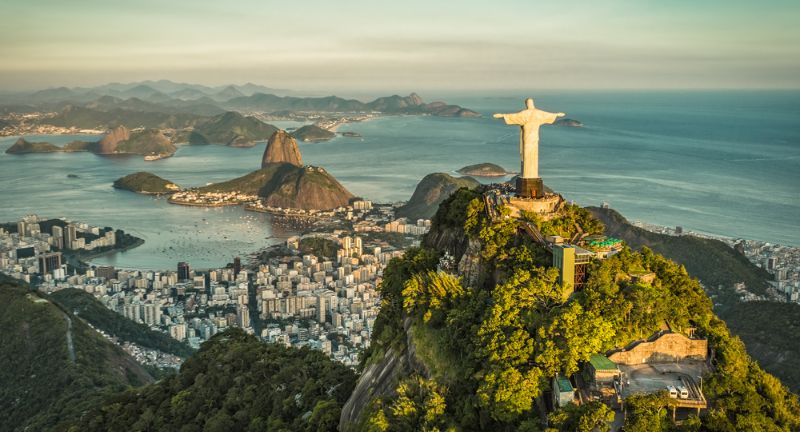
Shutterstock
Brazil faces a complex set of factors that contribute to its reputation as a country with areas of high crime and danger. Several factors contribute to Brazil’s safety challenges, including socio-economic disparities, drug trafficking, and urban violence. Many of its cities, such as Rio de Janeiro and São Paulo, grapple with significant income inequality, with impoverished favelas juxtaposed against affluent neighborhoods. This economic disparity can lead to high levels of crime, as some individuals turn to criminal activities as a means of survival. Brazil is a major transit and consumption hub for illegal drugs, fueling drug-related violence and organized crime in various parts of the country. Gangs and criminal organizations often clash over control of drug trade routes, leading to violence that can spill over into urban areas. While Brazil is a diverse and culturally rich country with many safe regions, these challenges in certain areas contribute to its perception as a dangerous place. Visitors and residents alike are advised to exercise caution, stay informed about local conditions, and take appropriate safety measures.
Haiti

Shutterstock
Haiti is considered a dangerous place due to a combination of factors that have created a challenging environment. Political instability has been a longstanding issue in the country, with frequent changes in leadership and a history of government corruption contributing to social unrest. Natural disasters, particularly earthquakes and hurricanes, have further strained the nation’s fragile infrastructure and economy. High levels of poverty, limited access to basic services, and a lack of effective law enforcement have led to a rise in crime rates, including violent crimes such as kidnappings and armed robberies. The country faces challenges related to inadequate healthcare and limited access to education, exacerbating its vulnerability. All these factors combined have created a hazardous situation in Haiti, impacting the safety and well-being of its citizens and visitors.
North Korea

Shutterstock
North Korea is considered one of the world’s most dangerous countries due to its unique combination of factors. First and foremost is the secretive and authoritarian regime of Kim Jong-un, which exercises tight control over information, making it difficult for the outside world to understand the true extent of the country’s capabilities and intentions. The nation’s pursuit of nuclear weapons and long-range missile development has raised global concerns about the potential for a nuclear conflict. North Korea has a history of aggressive rhetoric and provocative actions, such as missile tests and military drills, further heightening tensions in the region. The nation’s closed-off society, strict state control, and severe human rights abuses make it a challenging and risky destination for foreigners. Overall, North Korea’s opacity, nuclear ambitions, and confrontational approach to international relations contribute to its reputation as a highly dangerous place in the world.
Sudan

Shutterstock
Sudan is considered dangerous primarily due to a combination of factors that have persisted for many years. Political instability, stemming from historical conflicts and civil wars, has left the country fragmented with numerous armed groups vying for control. The Darfur conflict, secession of South Sudan, and ongoing ethnic tensions have contributed to insecurity and violence. Humanitarian crises, such as displacement and food shortages, further exacerbate the situation. The presence of various armed militias and rebel groups adds to the overall instability. All these factors, coupled with limited access to basic services and weak governance, make Sudan a hazardous place with significant security concerns, particularly in certain regions. Travelers are advised to exercise extreme caution and stay updated on the evolving situation when considering travel to Sudan.
Myanmar
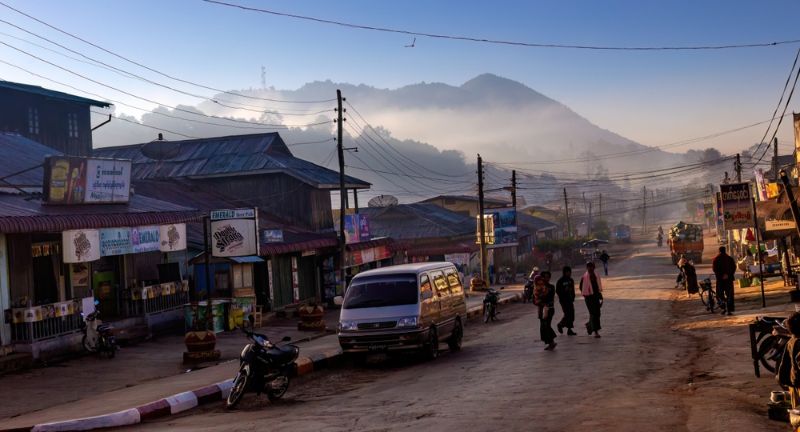
Shutterstock
Myanmar is considered dangerous due to a combination of factors, primarily stemming from political unrest and human rights abuses. The military coup in February 2021 led to the overthrow of the democratically elected government and resulted in widespread protests, which have been met with a violent crackdown by the military junta. The security forces have been accused of using excessive force, leading to injuries and fatalities among demonstrators. Myanmar has a long history of ethnic conflicts and violence, particularly in states like Rakhine and Chin, which have seen displacement and atrocities, most notably against the Rohingya minority. This complex and volatile situation, coupled with the suppression of civil liberties, has created a highly unsafe environment, making Myanmar one of the world’s dangerous places. Travelers should exercise extreme caution and closely monitor developments before considering any visits to the country.
More From Bon Voyaged
-

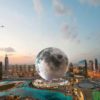
Five-Billion-Dollar Moon-Themed Resort Heading to Las Vegas
-

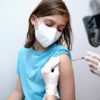
Disney Cruises Will Require Proof of Vaccination for Kids
-


Maldives Resort Offers the Ultimate Work-From-Home Package
-


Most Romantic Getaways Around the Globe
-


Why Dollywood Should Be On Your Theme Park Radar!
-


Top Ten Family-Friendly Activities in Cincinnati, Ohio!
-

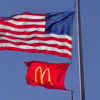
Can You Guess the Top Three Largest Restaurant Chains in…
-

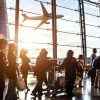
The Busiest Thanksgiving Travel Day to Avoid
-


CDC Raises Monkeypox Alert to a Level 2
-


The Three Little Words No Disney Employee is Ever Allowed…
-


Royal Caribbean Announces Jaw-Dropping 274-Night World Cruise
-
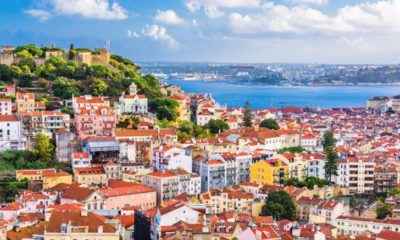

This Global Location Has Been Named ‘Foodie Hotspot of the…

